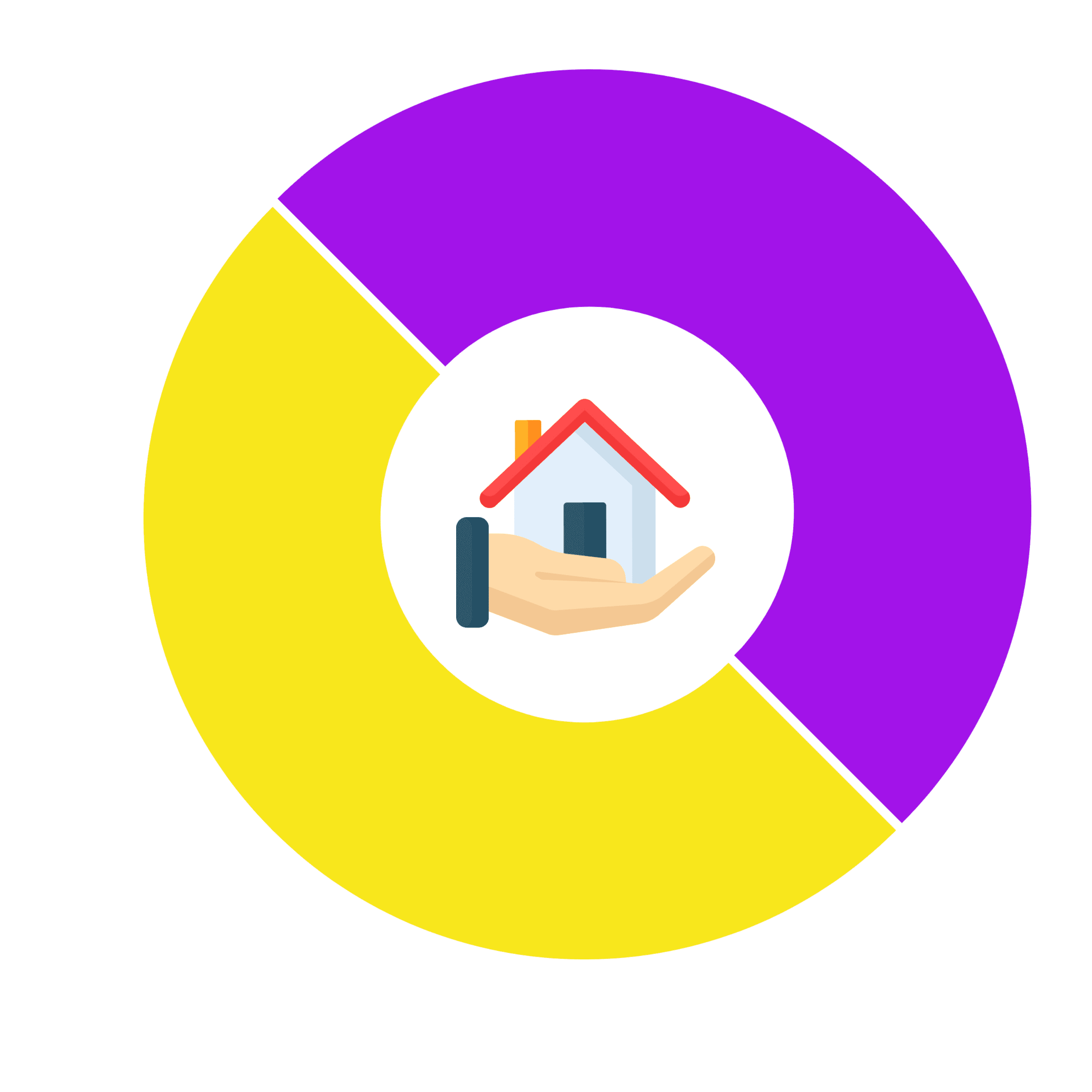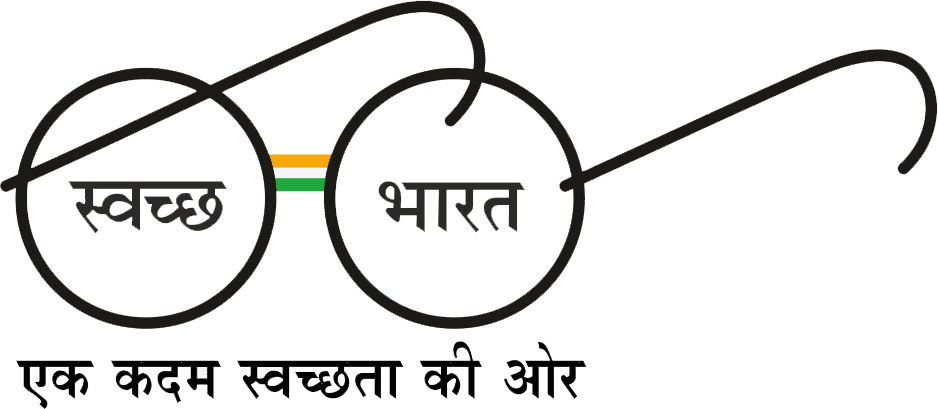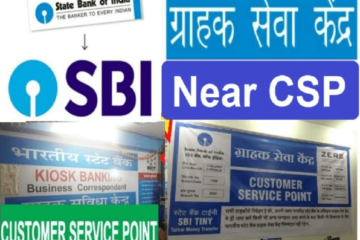What are the functions of banks? Most banks accept deposits and provide loans, as we all know. They serve as safe havens for savers and reliable sources of credit for borrowers.
The main job of the bank is to act as a financial intermediary between savers and borrowers in this fashion. The bank streamlines the procedure by removing the requirement for savers to discover suitable borrowers and the appropriate time to make a direct loan.
It is when the banks are unable to reach out to the consumers but are willing to open savings accounts with the targeted bank, CSPs form a great solution for those who are living in the remote areas. All bank CSPs are available at the moment.
CSP of the Banks are generally regarded as trustworthy by the general public. When people deposit their savings in banks, they receive nothing more than a paper receipt. There are two organizations in place to ensure that banks are trustworthy with people’s money and make reasonable loans.
Even if the bank fails, the Federal Deposit Insurance Corporation guarantees that deposits up to Rs100,000 per account will be returned to the depositor. Individual banks also have a board of directors that regulates the loan sizes and interest rates.
The board is in charge of ensuring that the bank is taking reasonable risks with the money of its depositors. Banks also play an important role. A bank’s name is usually visible when you look at a check or a debit card.
If the first bank does not have enough money in the vault to cover the withdrawal or loan, the first bank withdraws money from the second bank. If the first bank does not have enough money in its account at the second bank.
It must make a loan at a lower interest rate than the loan it will eventually make to the individual borrower. A bank can accept deposits, honour withdrawals, and make loans in this manner without having to keep all of the deposited cash on hand in the vault.
READ MORE:- SMM Panel
Let’s dive into the topic-
Banks can provide depositors with access to their funds while also maintaining a large number of loans in this manner. All bank CSP accounts can be used to do all kinds of transactions available in the remote areas. When you walk into a bank to withdraw money or get a loan, the process described above is reversed.
A balance sheet procedure can also be used to illustrate this action by banks. A balance sheet is a financial statement that lists assets and liabilities. Reserves and loans are assets for a bank because they are money that the bank has or will have in the future.
Deposits, on the other hand, are liabilities; they represent money owed to the bank. The assets are listed on the left and the liabilities are listed on the right when creating a balance sheet.
Individual banks are the issuing and regulating bodies for many financial services that consumers frequently use.
What if I need a banking loan? Can CSPs help me here-
Also, let’s pretend that the money supply is nothing more than money. If a bank held some cash in deposits, the money supply would simply be cash because the money in the bank was no longer in circulation.
In practice, however, banks are required to hold significantly less than 100% of deposits in reserve. All bank CSPs can be used to take and pay back loans, which can then be redeposited and loaned out again; in essence, this creates money.
As a result, any banking system with less than 100% required reserves effectively increases the money supply. This system is known as fractional reserve banking because banks hold less than 100% of deposits in reserve.
Banks also play an important role in the creation of currency. To begin, consider a simplified world in which banks only serve as a secure place to store money. They make no loans and pay no interest.
LEARN MORE:-How does a CSP help in making the digital payments for all?





[…] READ MORE:-What is the purpose of banking through CSP service points? […]
[…] READ MORE:-What is the purpose of banking through CSP service points? […]
[…] READ MORE:-What is the purpose of banking through CSP service points? […]
[…] LEARN MORE:-What is the purpose of banking through CSP service points? […]